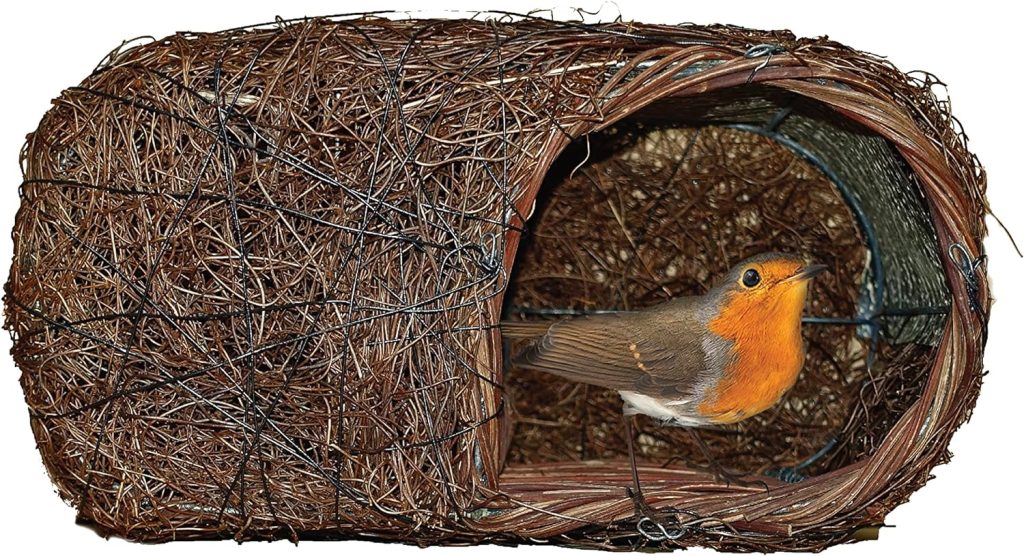Wildlife Habitat Creation
Wildlife habitat creation is a vital aspect of organic gardening, contributing to the health and balance of ecosystems while promoting sustainable practices. By nurturing diverse habitats within organic gardens, gardeners can attract beneficial creatures that aid in pollination, pest control, and soil health.
In this article, we’ll explore the importance of wildlife habitat creation and provide practical tips for integrating it into your organic gardening practices.
The Importance of Wildlife Habitat Creation
- Biodiversity Enhancement: Wildlife habitats attract a variety of species. This includes pollinators, pest predators, and soil enrichers, contributing to a diverse and resilient ecosystem.
- Ecosystem Stability: Well-balanced ecosystems are more resilient to environmental stressors like extreme weather and pests. Wildlife habitats promote this balance, fostering a robust ecosystem within organic gardens.
- Soil Health Benefits: Many wildlife species indirectly contribute to soil health. Basically, they can aerate the soil and aiding in decomposition, leading to healthier plant growth and increased garden vitality.
Practical Tips for Creating the Habitat
- Native Plant Selection: Incorporate native plants into your garden, as they provide food and shelter for indigenous wildlife. Choose a variety of plants that bloom at different times to support pollinators throughout the growing season.
- Water Feature Installation: Install water features such as ponds, birdbaths, or shallow dishes to attract birds, amphibians, and insects. Ensure these features are clean and accessible to avoid becoming breeding grounds for mosquitoes.
- Shelter Structure Integration: Provide shelter for wildlife by incorporating natural and man-made structures like brush piles, rock walls, or birdhouses. These structures offer refuge during harsh weather conditions or nesting seasons.
- Chemical Avoidance: Opt for natural pest control methods and organic fertilizers to maintain a healthy habitat. Synthetic chemicals disrupt the delicate balance of the ecosystem, harming beneficial insects, birds, and other wildlife.
- Wildlife-Friendly Gardening Practices: Leave some areas of the garden untamed to allow wildflowers and grasses to grow freely. Fallen leaves and plant debris provide habitat and food for many beneficial organisms.
- Educational Opportunities: Wildlife habitats in organic gardens offer unique educational opportunities for all ages. Observing the interactions between different species fosters a deeper understanding of ecological principles and promotes conservation-minded attitudes.
In conclusion, integrating wildlife habitat creation into organic gardening practices not only benefits the environment but also enhances the health and productivity of the garden. By following these practical tips, organic gardeners can create thriving ecosystems that support biodiversity and promote sustainable gardening for generations to come.

